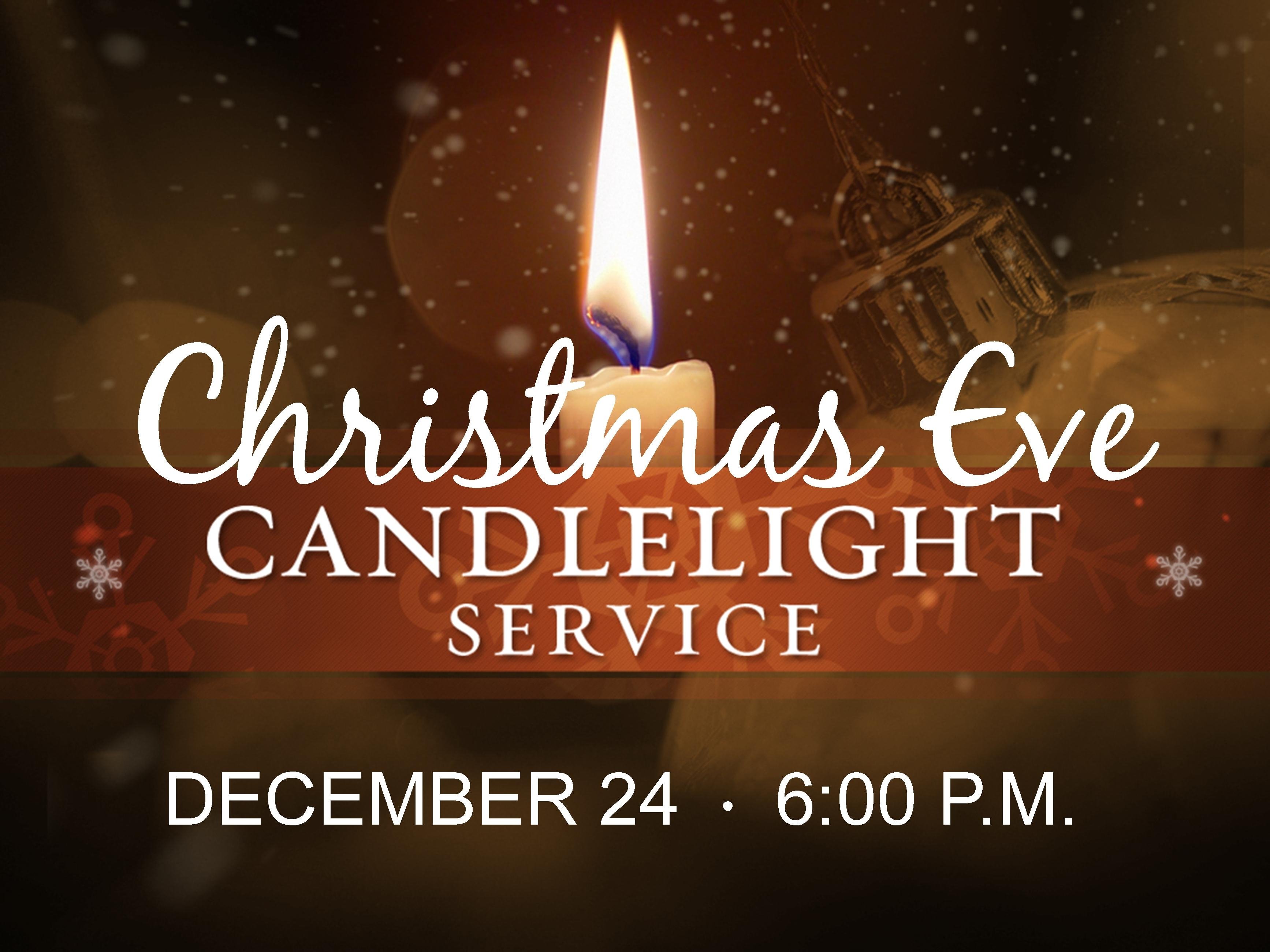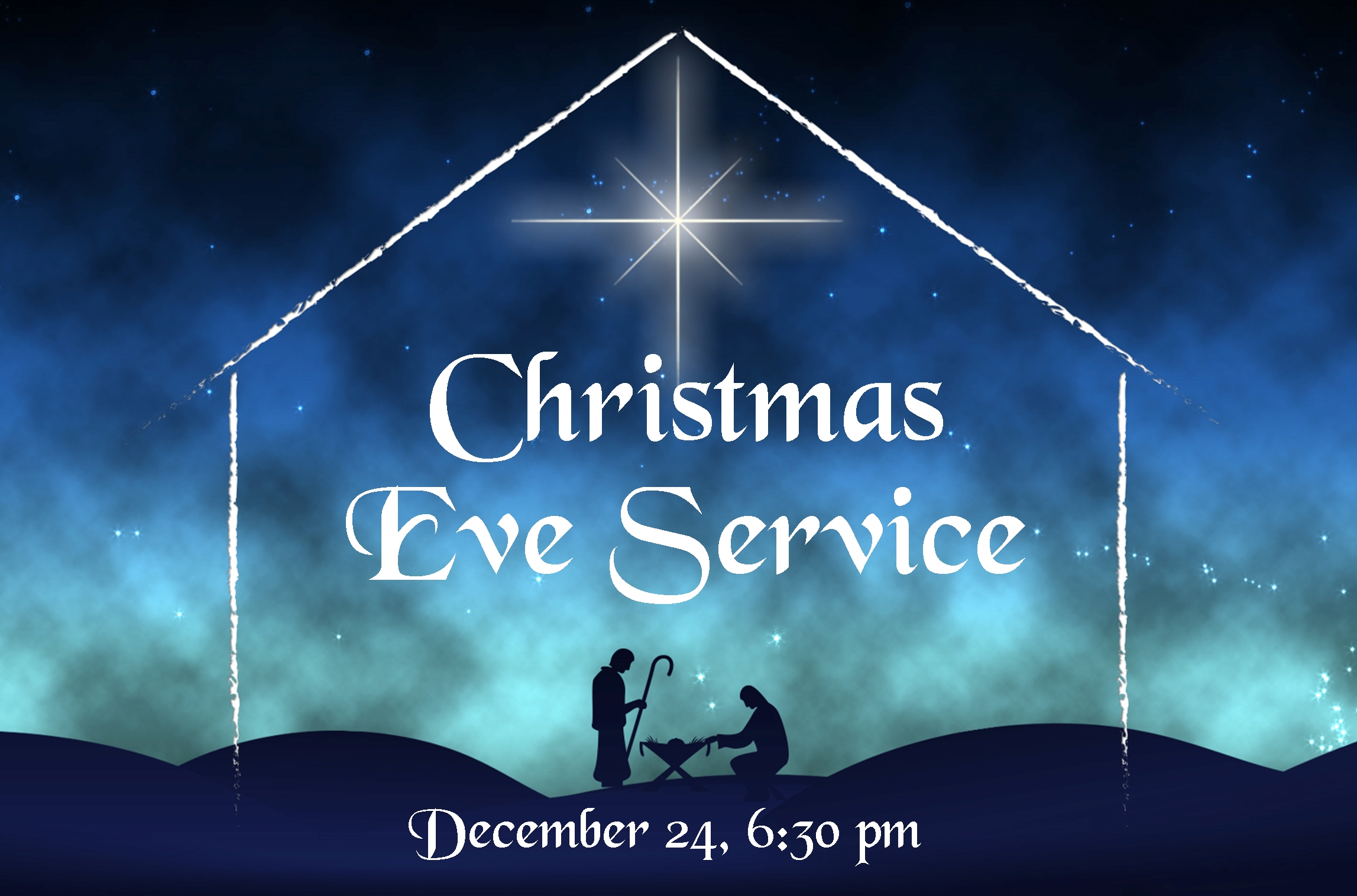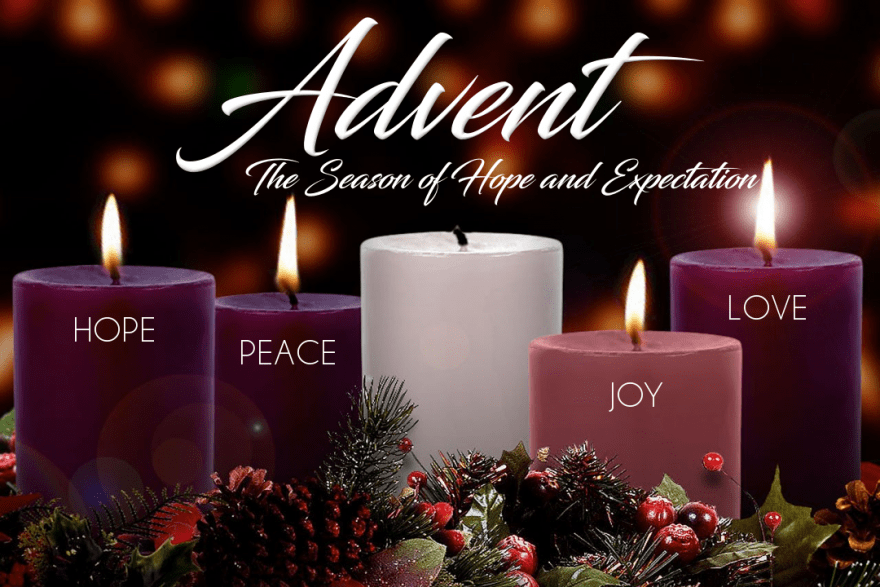19, Aug 2023
The Christmas Eve Liturgy 2024: A Night Of Joy And Reflection
The Christmas Eve Liturgy 2024: A Night of Joy and Reflection
Related Articles: The Christmas Eve Liturgy 2024: A Night of Joy and Reflection
- Christmas Dress: A Festive Fashion Extravaganza Hits The Big Screen In 2024
- Christmas Drawing Ideas For Kids 2024
- Christmas Dress Long 2024: A Festive Guide To Elegant And Enchanting Gowns
- Christmas Door Decorations With Stockings: A Festive Guide For 2024
- Christmas Eve 1914: The Unofficial Truce Of World War I
Introduction
With great pleasure, we will explore the intriguing topic related to The Christmas Eve Liturgy 2024: A Night of Joy and Reflection. Let’s weave interesting information and offer fresh perspectives to the readers.
Table of Content
Video about The Christmas Eve Liturgy 2024: A Night of Joy and Reflection
The Christmas Eve Liturgy 2024: A Night of Joy and Reflection

The Christmas Eve Liturgy, celebrated on December 24th, is a significant event in the Christian liturgical calendar. It marks the beginning of the Christmas season and is a time for Christians to come together and celebrate the birth of Jesus Christ. The liturgy is rich in symbolism and tradition, and it provides an opportunity for believers to reflect on the meaning of the Incarnation.
The Christmas Eve Liturgy typically begins with a candlelight procession. The priest and other ministers enter the church carrying candles, and the congregation follows behind. The procession symbolizes the journey of the Magi to Bethlehem to visit the newborn Jesus.
Once the procession has entered the church, the priest begins the liturgy with the Greeting. He greets the congregation with the words, "The grace of our Lord Jesus Christ, the love of God the Father, and the communion of the Holy Spirit be with you all." The congregation responds, "And with your spirit."
The Greeting is followed by the Penitential Rite. The priest invites the congregation to confess their sins. The congregation responds with the words, "I confess to almighty God and to you, my brothers and sisters, that I have sinned through my own fault in thought, word, deed, and omission. I am truly sorry for my sins, and I ask for God’s mercy."
After the Penitential Rite, the priest reads the Gloria. The Gloria is a hymn of praise to God. The congregation joins in singing the Gloria, which begins with the words, "Glory to God in the highest, and peace to his people on earth."
The Gloria is followed by the Collect. The Collect is a prayer that summarizes the themes of the liturgy. The Collect for Christmas Eve asks God to grant us the grace to celebrate the birth of his Son with joy and thanksgiving.
After the Collect, the priest reads the first reading. The first reading is typically taken from the Old Testament. The first reading for Christmas Eve is from the book of Isaiah. The reading tells of the prophecy of the birth of the Messiah.
The first reading is followed by the Responsorial Psalm. The Responsorial Psalm is a psalm that is sung after the first reading. The Responsorial Psalm for Christmas Eve is Psalm 24. The psalm begins with the words, "The earth is the Lord’s and all that is in it, the world, and those who dwell in it."
The Responsorial Psalm is followed by the second reading. The second reading is typically taken from the New Testament. The second reading for Christmas Eve is from the Gospel of Luke. The reading tells of the birth of Jesus in Bethlehem.
The second reading is followed by the Gospel Acclamation. The Gospel Acclamation is a verse that is sung before the Gospel is proclaimed. The Gospel Acclamation for Christmas Eve is "Alleluia, alleluia! Glory to God in the highest and peace to his people on earth. Alleluia, alleluia!"
The Gospel Acclamation is followed by the Gospel. The Gospel is the proclamation of the Good News of Jesus Christ. The Gospel for Christmas Eve is from the Gospel of Luke. The Gospel tells of the shepherds who visited Jesus in Bethlehem.
The Gospel is followed by the Homily. The Homily is a sermon that is given by the priest. The Homily for Christmas Eve typically focuses on the meaning of the Incarnation.
The Homily is followed by the Creed. The Creed is a statement of faith that is recited by the congregation. The Creed for Christmas Eve is the Nicene Creed. The Nicene Creed begins with the words, "We believe in one God, the Father almighty, maker of heaven and earth, of all things visible and invisible."
The Creed is followed by the Prayer of the Faithful. The Prayer of the Faithful is a series of prayers that are offered for the needs of the Church and the world. The Prayer of the Faithful for Christmas Eve typically includes prayers for peace, justice, and unity.
The Prayer of the Faithful is followed by the Preparation of the Gifts. The Preparation of the Gifts is the preparation of the bread and wine that will be used for the Eucharist. The Preparation of the Gifts includes the washing of the hands, the blessing of the bread and wine, and the covering of the chalice.
The Preparation of the Gifts is followed by the Eucharistic Prayer. The Eucharistic Prayer is the central part of the liturgy. The Eucharistic Prayer includes the words of institution, which are the words that Jesus spoke at the Last Supper. The Eucharistic Prayer also includes the anamnesis, which is the remembrance of Jesus’ death and resurrection, and the epiclesis, which is the invocation of the Holy Spirit.
The Eucharistic Prayer is followed by the Lord’s Prayer. The Lord’s Prayer is a prayer that was taught by Jesus to his disciples. The Lord’s Prayer begins with the words, "Our Father, who art in heaven, hallowed be thy name."
The Lord’s Prayer is followed by the Sign of Peace. The Sign of Peace is a gesture of peace that is exchanged between the members of the congregation. The Sign of Peace begins with the words, "The peace of the Lord be with you always."
The Sign of Peace is followed by the Breaking of the Bread. The Breaking of the Bread is the breaking of the consecrated bread into small pieces. The Breaking of the Bread symbolizes the sharing of Jesus’ body with his disciples.
The Breaking of the Bread is followed by the Distribution of Communion. The Distribution of Communion is the distribution of the consecrated bread and wine to the members of the congregation. The Distribution of Communion symbolizes the sharing of Jesus’ blood with his disciples.
The Distribution of Communion is followed by the Postcommunion Prayer. The Postcommunion Prayer is a prayer that is said after Communion. The Postcommunion Prayer for Christmas Eve typically thanks God for the gift of his Son and asks for his continued blessing.
The Postcommunion Prayer is followed by the Blessing. The Blessing is a blessing that is given by the priest to the congregation. The Blessing for Christmas Eve typically includes the words, "May the peace of Christ be with you always."
The Blessing is followed by the Dismissal. The Dismissal is the dismissal of the congregation. The Dismissal for Christmas Eve typically includes the words, "Go in peace, and may the Lord be with you always."
The Christmas Eve Liturgy is a beautiful and meaningful celebration of the birth of Jesus Christ. It is a time for Christians to come together and reflect on the meaning of the Incarnation. The liturgy is rich in symbolism and tradition, and it provides an opportunity for believers to experience the joy and peace of the Christmas season.



:max_bytes(150000):strip_icc()/AdventCandleColors-457830453-625ad370cce2450c9b127e4fe5653a55.jpg)




Closure
Thus, we hope this article has provided valuable insights into The Christmas Eve Liturgy 2024: A Night of Joy and Reflection. We thank you for taking the time to read this article. See you in our next article!
- 0
- By admin